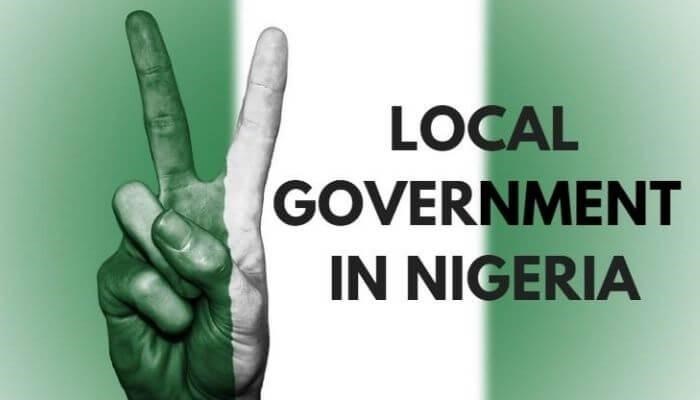
Functions of Nigeria’s Local, State and Federal Governments
Nigeria, like many other countries, including the United States, Canada, Germany, and Brazil, operates under a system of three tiers or levels of government. The Federal, State, and Local or Municipal Governments divide power. Each tier is structured to independently handle specific responsibilities while working together to ensure effective governance and service delivery.
The executive arm of the Federal Government is led by the President of the Federal Republic of Nigeria and supported by the Vice President and Ministers. The Legislative arm comprises the National Assembly, Senate, and House of Representatives. The Judicial arm consists of the Chief Justice and Justices presiding over the Supreme Court, Court of Appeal, and Federal High Court. The Federal Government exclusively oversees Defence, Foreign Affairs, Currency, Aviation, Immigration, Oil & Gas matters.
An Executive Governor leads each of the 36 States in Nigeria. The State Government is responsible for Education, Health, Roads, and Agriculture within the state. States also have three branches, similar to the Federal Government: a legislative branch consisting of House of Assembly members, an executive branch managed by the Governor and Commissioners, and a Judicial Branch presided over by State High Courts and Sharia/Customary Courts.
There are 768 Local Governments across the 36 states and 6 Area Councils in FCT, making 774 Local Governments governed by a Chairman and Councillors. Local governments bring governance closer to the people and have the key function over markets, motor parks, waste disposal, local birth and marriage registrations, primary education support, and local economic development.
The financial scope of each tier of government is clearly defined. The Federal Government manages the Federation Account while the States and Local Government Areas (LGAs) receive statutory allocations. Previously, the state governments allocated funds to the LGAs as a middleman between the Federal and Local Governments. However, in July 2024, the Supreme Court ordered that LGA allocations should be paid directly to them. The allocation will come from the Federation Account Allocation Committee (FAAC)
All three tiers work together for national growth. The Federal Government sets national direction, State governments adapt and execute regionally, and Local Governments handle grassroots development. Institutions like the Revenue Mobilization Allocation and Fiscal Commission (RMAFC) ensure alignment with financial management targets.
Whether it is roads, education, or markets, one or more tiers of government touch your everyday life. Understanding how these tiers operate empowers you as an active citizen to differentiate the roles and demand accountability from the right level. Stay informed and engaged because your voice matters.
Source
The Constitution of the Federal Republic of Nigeria, 1999 (as amended) – Sections 4-7, 162 (Fiscal Allocation), Second & Fourth Schedules.
Good theme !